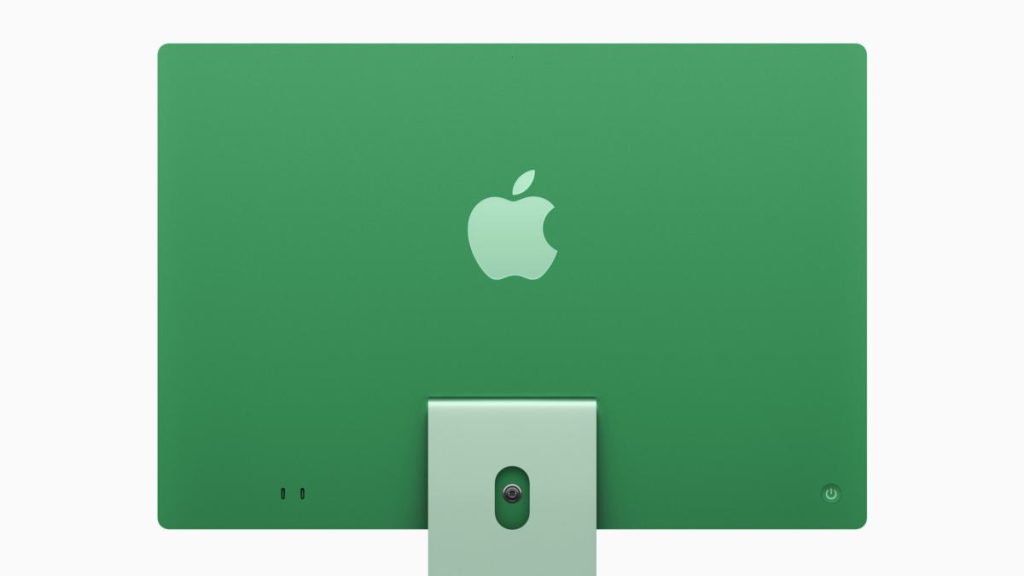Apple, Microsoft and Amazon are all blocked in a race to see who can first be blocked their carbon pollution.
Apple reported on Wednesday that it is more than half there. Since 2015, the company has stated that it has reduced greenhouse gas emissions by about 60%. This covers everything from production and marketing to business operations and the use of customers.
Many companies have successfully eliminated the carbon imprint of their main operations. The low-cost and increasingly convenient grilled batteries have made the relatively simple-and even advantageous-to the cost point of view.
But Amazon, Apple and Microsoft have all committed themselves to eliminating not only their carbon emissions, but also those of their suppliers and the use of energy of their customers. These so -called 3 flow emissions are the most difficult to deal with because they do not fall from the direct control of a company.
In this regard, Apple has adopted some pioneering measures. When the company announced the Apple Watch Series 9, she also said that she would buy renewable energy on behalf of its customers. A year later, he did the same for buyers of the new M4 Mac Mini.
The Mini Mac announcement has also inadvertently highlighted the out of measurement that semiconductors play in the carbon imprint of electronic goods.
The basic Mac Mini model with 16 GB of RAM and 256 GB of storage space generates 32 kg of carbon pollution during its life, while the high -level version, which has 64 GB of RAM and 8 TB of storage space, transports an imprint of 121 kg. The largest number of chips is largely responsible for almost quadrupling the figure.
On Wednesday Apple said he had worked with his semiconductor suppliers to face the problem, with 26 of them already committed to reducing at least 90% of the greenhouse gases fluorinated in their operations. Fluorinated greenhouse gases are widely used in the production of semiconductors today for engravings in chips and cleaning the equipment. But some fluorinated compounds are some of the most powerful greenhouse gases. For example, Hexafluorohane generates 9,200 times the heating of an equivalent amount of carbon dioxide.
Apple aims to eliminate at least 75% of its greenhouse gas emissions by 2030, which means that it is well over half of its goal, with five remaining years. The company has said that it will compensate for the remaining 25% through carbon removal programs.
It is similar to how other companies are facing the most difficult emissions to reduce, although they differ in their details. Microsoft, for example, is investing in technological solutions such as the capture of direct air together with nature -based solutions such as reforestation. Apple has decided that nature -based solutions offer the best possibilities to reduce short -term emissions.



